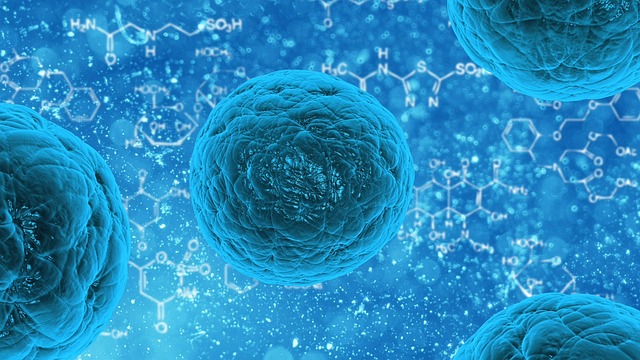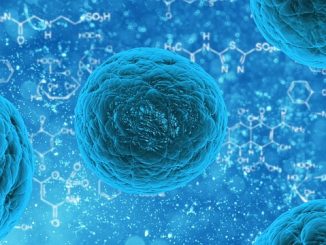
For the first time since the advent of stem cell therapy, a team of scientists from the North Carolina State University, the University of North Carolina at Chapel Hill and First Affiliated Hospital of Zhengzhou University, was able to implant synthetic cardiac stem cells which effectively repaired muscle tissue that got damaged by a heart attack. Typically, heart muscles that get scarred from a heart attack will either stay as is or get worse, but not improve. With the synthetic stem cell implant done, however, the result was a remarkable contradiction. Details about this new technique that is supposedly less risky than traditional stem cell procedures were recently published in the ‘Nature Communications’ journal.
Stem cell therapy works by helping damaged tissue repair itself. Although this type of treatment can be effective, it comes with certain types of risks, most notably, immune system rejection and cancerous growths. And, the process itself is very delicate because natural stem cells are quite fragile, have to be stored carefully, and must undergo a series of typing and matching prior to being used.
It is these limitations that have prompted scientists to come up with a different approach to make stem cell therapy work better. And what they developed was a procedure involving synthetic stem cells.
Based on a statement issued by the research team, what they did was fabricate a cell-mimicking microparticle (CMMP) from a biodegradable and biocompatible polymer known as poly (lactic-co-glycolic acid) or PLGA. Afterwards, they harvested growth factor proteins from cultured human cardiac stem cells, added them to the PLGA, and coated the particle with cardiac stem cell membrane. They then tested the coated particles in a lab vessel and a mouse model that experienced a heart attack. The result in both instances was the growth of cardiac cells similar to traditional stem cells.
In contrast with natural cells, these synthetic cells are more stable and can be modified for use on different parts of the body. They also do not have the ability to replicate, which makes them less likely to cause tumor growths. Finally and more importantly, synthetic cells do not necessarily have to come directly from the patient or a close relative match because these cells are designed to bypass, not affect, the patient’s immune system.
According to North Carolina State University Professor Ke Cheng who is leading the study, the synthetic cells work like deactivated vaccines do. “Their membranes permit them to bypass the resistant response, bind to cardiac tissue, release growth factors and generate repair. But they cannot amplify by themselves, so you get the benefits of stem cell therapy without the risks.”
They are hoping that their initiative will lay the groundwork for future stem cell therapy procedures that are more affordable, accessible to many, and best of all — will work without deadly side effects.
- Bulenox: Get 45% to 91% OFF ... Use Discount Code: UNO
- Risk Our Money Not Yours | Get 50% to 90% OFF ... Use Discount Code: MMBVBKSM
Disclaimer: This page contains affiliate links. If you choose to make a purchase after clicking a link, we may receive a commission at no additional cost to you. Thank you for your support!



Does this work for osteoarthritis?
Is any blood involved with these stem cells also are they good for knees and shoulders?
What’s the difference between the synthetic stem cell delivering growth factors as opposed to injecting growth factors by needle?